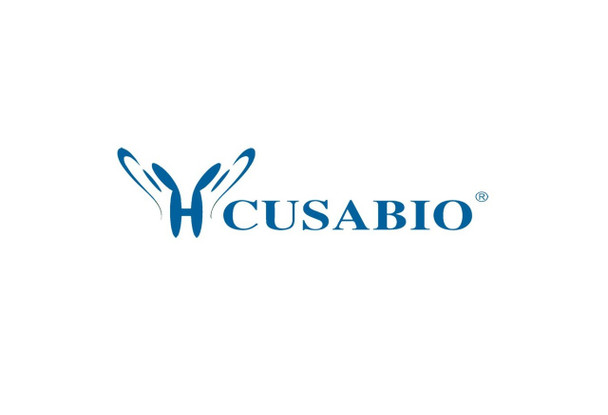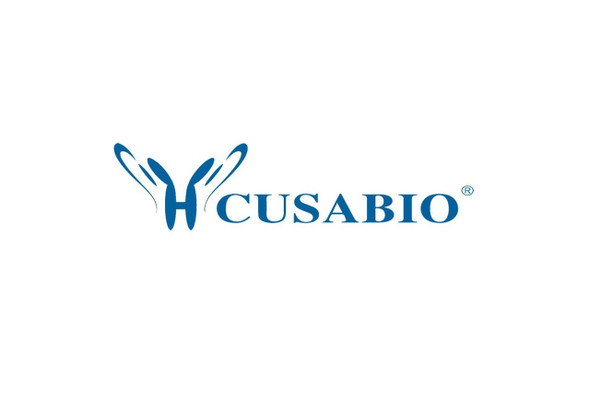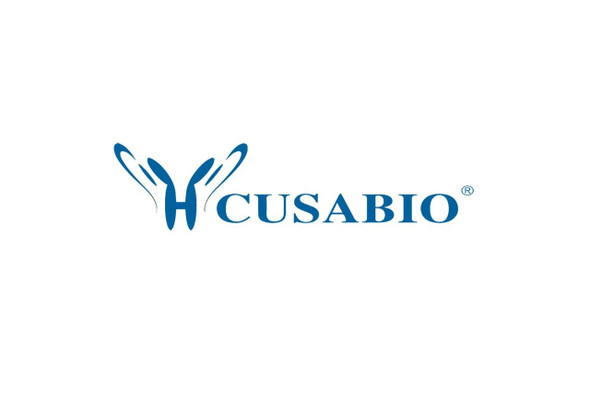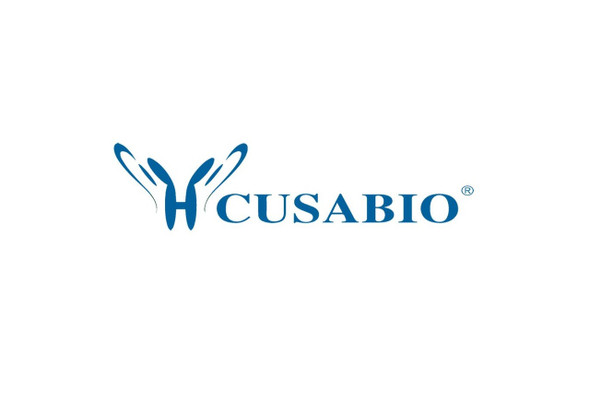Cusabio Human Recombinants
Recombinant Human C-C chemokine receptor type 6 (CCR6) | CSB-CF004845HUa2
- SKU:
- CSB-CF004845HUa2
- Availability:
- 18 - 23 Working Days
Description
Recombinant Human C-C chemokine receptor type 6 (CCR6) | CSB-CF004845HUa2 | Cusabio
Alternative Name(s): Chemokine receptor-like 3
Gene Names: CCR6
Research Areas: Others
Organism: Homo sapiens (Human)
AA Sequence: MSGESMNFSDVFDSSEDYFVSVNTSYYSVDSEMLLCSLQEVRQFSRLFVPIAYSLICVFGLLGNILVVITFAFYKKARSMTDVYLLNMAIADILFVLTLPFWAVSHATGAWVFSNATCKLLKGIYAINFNCGMLLLTCISMDRYIAIVQATKSFRLRSRTLPRSKIICLVVWGLSVIISSSTFVFNQKYNTQGSDVCEPKYQTVSEPIRWKLLMLGLELLFGFFIPLMFMIFCYTFIVKTLVQAQNSKRHKAIRVIIAVVLVFLACQIPHNMVLLVTAANLGKMNRSCQSEKLIGYTKTVTEVLAFLHCCLNPVLYAFIGQKFRNYFLKILKDLWCVRRKYKSSGFSCAGRYSENISRQTSETADNDNASSFTM
Source: in vitro E.coli expression system
Tag Info: N-terminal 6xHis-SUMO-tagged
Expression Region: 1-374aa
Sequence Info: Full Length
MW: 58.5 kDa
Purity: Greater than 85% as determined by SDS-PAGE.
Relevance: Receptor for the C-C type chemokine CCL20. Binds to CCL20 and subsequently transduces a signal by increasing the intracellular calcium ion levels Although CCL20 is its major ligand it can also act as a receptor for non-chemokine ligands such as beta-defensins. Binds to defensin DEFB1 leading to increase in intracellular calcium ions and cAMP levels. Its binding to DEFB1 is essential for the function of DEFB1 in regulating sperm motility and bactericidal activity. Binds to defensins DEFB4 and DEFB4A/B and mediates their chemotactic effects. The ligand-receptor pair CCL20-CCR6 is responsible for the chemotaxis of dendritic cells (DC), effector/ memory T-cells and B-cells and plays an important role at skin and mucosal surfaces under homeostatic and inflammatory conditions, as well as in pathology, including cancer and various autoimmune diseases. CCR6-mediated signals are essential for immune responses to microbes in the intestinal mucosa and in the modulation of inflammatory responses initiated by tissue insult and trauma. CCR6 is essential for the recruitment of both the proinflammatory IL17 producing helper T-cells (Th17) and the regulatory T-cells (Treg) to sites of inflammation. Required for the normal migration of Th17 cells in Peyers-patches and other related tissue sites of the intestine and plays a role in regulating effector T-cell balance and distribution in inflamed intestine. Plays an important role in the coordination of early thymocyte precursor migration events important for normal subsequent thymocyte precursor development, but is not required for the formation of normal thymic natural regulatory T-cells (nTregs). Required for optimal differentiation of DN2 and DN3 thymocyte precursors. Essential for B-cell localization in the subepithelial dome of Peyers-patches and for efficient B-cell isotype switching to IgA in the Peyers-patches. Essential for appropriate anatomical distribution of memory B-cells in the spleen and for the secondary recall response of memory B-cells. Positively regulates sperm motility and chemotaxis via its binding to CCL20
Reference: "Up-regulation of CCR5 and CCR6 on distinct subpopulations of antigen-activated CD4+ T lymphocytes." Ebert L.M., McColl S.R. J. Immunol. 168:65-72(2002)
Storage: The shelf life is related to many factors, storage state, buffer ingredients, storage temperature and the stability of the protein itself. Generally, the shelf life of liquid form is 6 months at -20?/-80?. The shelf life of lyophilized form is 12 months at -20?/-80?.
Notes: Repeated freezing and thawing is not recommended. Store working aliquots at 4? for up to one week.
Function: Receptor for the C-C type chemokine CCL20
Involvement in disease:
Subcellular Location: Cell membrane, Multi-pass membrane protein, Cell surface
Protein Families: G-protein coupled receptor 1 family
Tissue Specificity: Sperm. Mainly localized in the tail and in the postacrosomal region but is also found in the midpiece and basal region in a small percentage of sperm cells. Reduced levels found in the sperms of asthenozoospermia and leukocytospermia patients (at protein level). Spleen, lymph nodes, appendix, and fetal liver. Expressed in lymphocytes, T-cells and B-cells but not in natural killer cells, monocytes or granulocytes.
Paythway: Chemokinesignalingpathway
Form: Liquid or Lyophilized powder
Buffer: If the delivery form is liquid, the default storage buffer is Tris/PBS-based buffer, 5%-50% glycerol. If the delivery form is lyophilized powder, the buffer before lyophilization is Tris/PBS-based buffer, 6% Trehalose, pH 8.0.
Reconstitution: We recommend that this vial be briefly centrifuged prior to opening to bring the contents to the bottom. Please reconstitute protein in deionized sterile water to a concentration of 0.1-1.0 mg/mL.We recommend to add 5-50% of glycerol (final concentration) and aliquot for long-term storage at -20?/-80?. Our default final concentration of glycerol is 50%. Customers could use it as reference.
Uniprot ID: P51684
HGNC Database Link: HGNC
UniGene Database Link: UniGene
KEGG Database Link: KEGG
STRING Database Link: STRING
OMIM Database Link: OMIM









